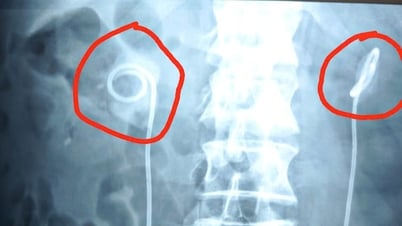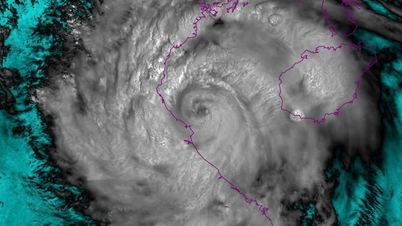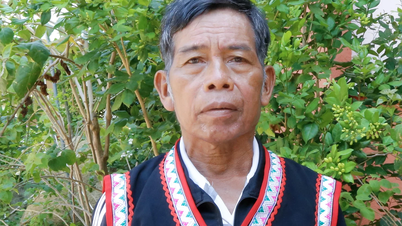Approximately 5.6 billion people (71% of the world's population) are covered by at least one tobacco control policy under the FCTC.

Reducing smoking rates will help reduce the burden of medical costs due to tobacco-related diseases.
PHOTO: LIEN CHAU
The above information was announced by WHO at the world conference on tobacco control, organized by the International Union Against Tuberculosis and Lung Disease (The Union) from June 23-25 in Dublin (Ireland), with the support of the Irish Government , WHO and the Bloombe Charitable Foundation.
WHO assesses that the cost of implementing tobacco control programs is not high but has great public health and economic benefits (reducing health costs due to tobacco-related diseases). The conference called on countries to increase financing to maintain tobacco control in the long term, especially in low- and middle-income countries. In 2017, the average expenditure on tobacco control was only 0.01 USD/person in middle-income countries, and 0.0048 USD/person in low-income countries.
During the discussion on sustainable finance, representatives of the Tobacco Harm Prevention Fund (Ministry of Health) shared their experiences in establishing and managing finances for tobacco harm prevention. Vietnam enacted the Tobacco Harm Prevention Law and established the Tobacco Harm Prevention Fund in 2013.
The smoking rate among adults decreased from 23.8% (2010) to 20.8% (2021); the rate of exposure to secondhand smoke decreased from 73.1% to 45.6%...
The National Assembly has passed a resolution to officially ban e-cigarettes, heated tobacco products and new addictive products from 2025. Most recently, in June 2025, the National Assembly passed the Law on Amending Special Consumption Tax, establishing a mixed tax system and a roadmap for increasing tobacco taxes until 2031.
Source: https://thanhnien.vn/ty-le-hut-thuoc-la-giam-tren-toan-cau-185250624183236702.htm



![[Photo] Multi-colored cultural space at the Exhibition "80 years of the journey of Independence - Freedom - Happiness"](https://vphoto.vietnam.vn/thumb/1200x675/vietnam/resource/IMAGE/2025/8/26/fe69de34803e4ac1bf88ce49813d95d8)


![[Photo] Prime Minister Pham Minh Chinh receives CEO of Samsung Electronics](https://vphoto.vietnam.vn/thumb/1200x675/vietnam/resource/IMAGE/2025/8/26/373f5db99f704e6eb1321c787485c3c2)
![[Photo] Prime Minister Pham Minh Chinh chairs meeting of National Steering Committee on International Integration](https://vphoto.vietnam.vn/thumb/1200x675/vietnam/resource/IMAGE/2025/8/26/9d34a506f9fb42ac90a48179fc89abb3)






























































































Comment (0)